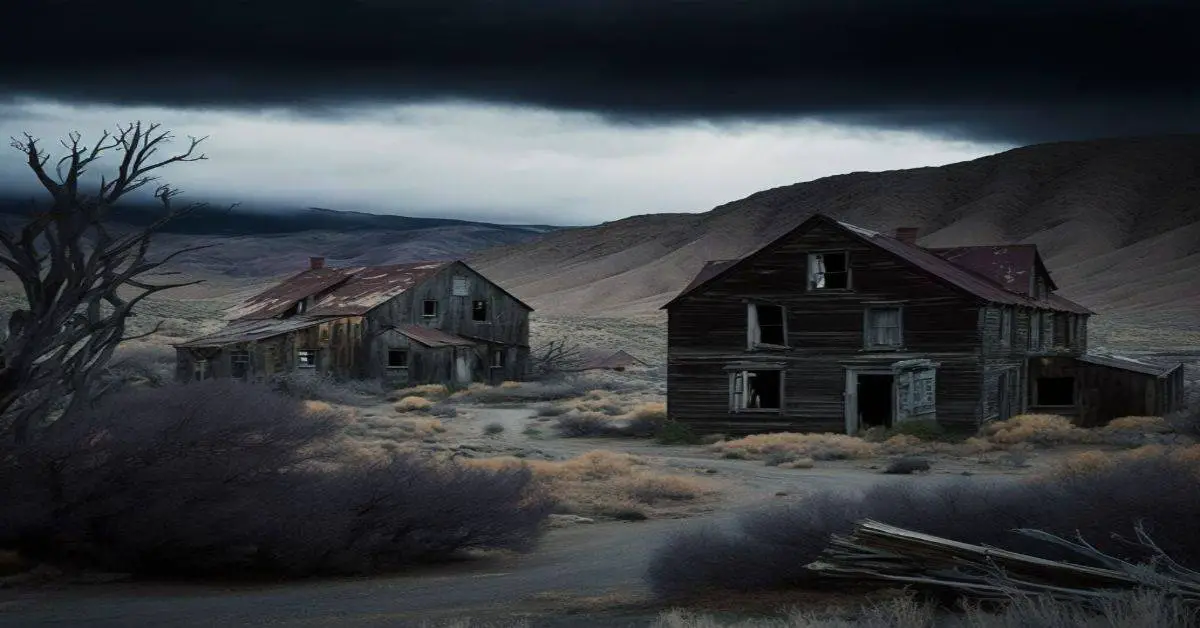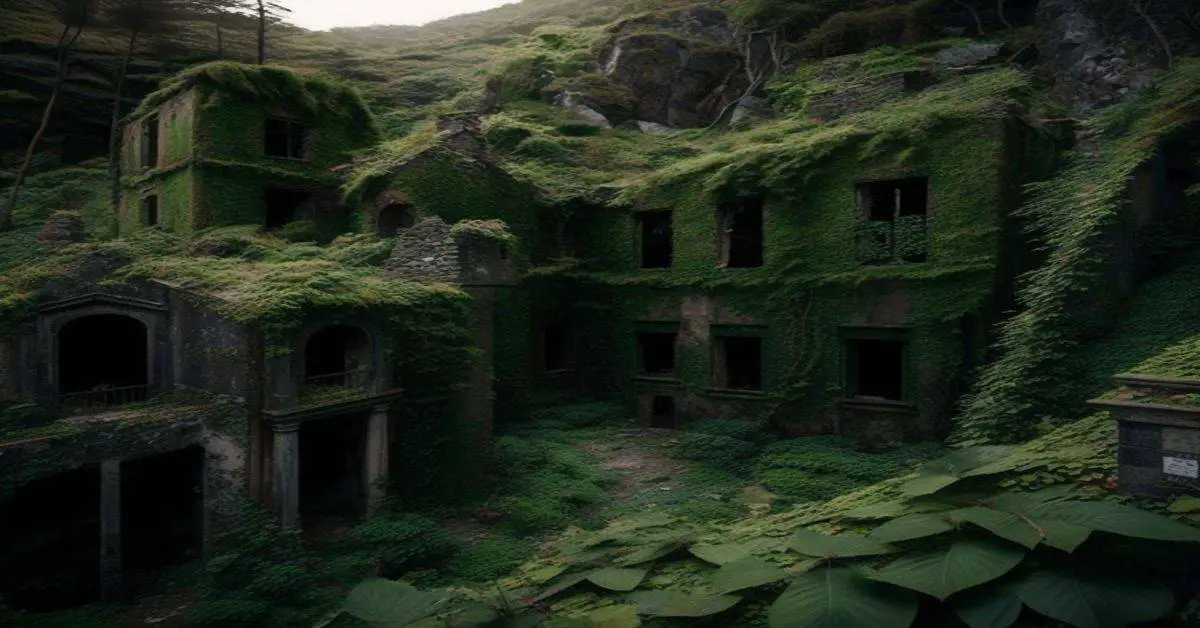Gold Hill, a ghost town nestled in the Story County of Nevada, is a fascinating destination showcasing the region’s rich mining history. Once a bustling mining complex that processed ore from the Gold Hill mine, the town is now a hauntingly beautiful site that attracts visitors worldwide.
With a mild climate year-round, it offers an ideal setting for exploring the remains of a few buildings and touring the intact mansion built by Eilley Bowers in 1862. The legacy of Eilley Bowers, despite the decline in her fortunes and the death of her husband Sandy, continues to live on in the mansion and the stories of Gold Hill.
The town’s significance lies in its ability to glimpse the past and offer a unique perspective on the history of mining in Nevada. This article aims to provide an objective and informative overview of Gold Hill, including its location, climate, and history, to understand this remarkable ghost town better.
Key Takeaways
- Gold Hill is a Nevada Ghost Town located near Reno in Story County.
- The climate is mild in winter and warm in summer, making it accessible for visitors throughout the year.
- Visitors can still see the remains of a few buildings, including the intact mansion built by Eilley and her husband Sandy in 1862.
- Gold Hill, Nevada was a mining complex that operated from 1927 to 1933, with intermittent mining operations until 1942, with total production value standing at just under $1,000,000.
Location and Climate
Regarding its location, Gold Hill is a Nevada Ghost Town situated in Story County near Reno, and accessible by 2WD vehicles. Visitors can easily access the town’s main attractions, including the mansion and hotel, which offer a glimpse into the town’s rich history. The town’s accessibility makes it an ideal destination for history enthusiasts, photographers, and tourists interested in experiencing the beauty of Nevada’s abandoned towns.
The climate in Gold Hill is mild in winter and warm in summer, making it an ideal destination for visitors who prefer mild weather. Visitors can explore the town’s attractions at any time of the year, as the weather is generally pleasant. As a result, Gold Hill is an excellent destination for those who enjoy outdoor activities, such as hiking and exploring abandoned buildings.
Visiting Gold Hill
When planning a trip to the Nevada mining complex that was once a bustling hub, visitors may appreciate the opportunity to explore the remains of several buildings and the intact mansion, which is open for exploration.
The mansion was built by Eilley, also known as Allison Orrum Hunter Cowan Bowers, in 1862 and cost $300,000. It is now part of a county park and offers visitors a glimpse into the life of the wealthy during the mining era. The mansion is well-preserved and offers guided tours to visitors, showcasing the lavish lifestyle of Eilley and her husband, Sandy Bowers.
Aside from the mansion tour experiences, visitors can also explore the ruins of other buildings, adding to the eerie and haunting atmosphere of the ghost town. The resting-place of Sandy, Eilley, and their adopted daughter, Persia, can also be found on a hill a few yards behind the mansion.
Although the mining operations have ended, Gold Hill remains a fascinating destination for those interested in history and the remnants of the past. The town’s rich history and well-preserved mansion provide a glimpse into the life and times of the mining era, making Gold Hill a truly unique and hauntingly beautiful destination.
History and Significance
The history of the Nevada mining complex and its significance in the mining industry can be traced back to the 1920s, when mining operations began in the Gold Hill mine and other claims in the area. The Gold Hill mine was worked periodically but not extensively until 1942. The production value from 1930 to 1942 for the Gold Hill mine and other operations is just under $1,000,000.
Despite its modest output, Gold Hill holds a special place in Nevada’s mining history. Allison Orrum Hunter Cowan Bowers played a significant role in keeping the name of Gold Hill alive.
Eilley, as she was known, built a mansion costing $300,000 in 1862, now part of a county park and open to visitors. However, her husband, Sandy Bowers, did not want to live in the mansion and preferred spending time in the Gold Hill saloons. Sandy Bowers died suddenly in 1868, and Eilley had to sell the mansion due to a decline in her fortunes. Eilley died in 1903, penniless and broken.
Today, only the mine hoist and foundations for the mill exist, but Gold Hill’s significance in Nevada’s mining history endures.
Frequently Asked Questions
What kind of paranormal activity has been reported in Gold Hill, Nevada?
There are no reports of paranormal activity in Gold Hill. However, some visitors have reported feeling a sense of unease. Possible explanations for such feelings include the town’s abandoned and eerie atmosphere and its history of mining accidents and tragedies. Types of entities have not been reported.
Are there any local legends or ghost stories associated with the town?
Local beliefs and historical context suggest that Gold Hill has no specific ghost stories or legends associated with the town. However, the tragic history of its former residents and abandoned buildings create an eerie atmosphere that draws visitors seeking a haunting experience.
Have any movies or TV shows been filmed in Gold Hill, Nevada?
Several movies and TV shows have been filmed in Gold Hill, including “Bonanza” and “The Misfits.” Famous actors such as Clark Gable, Marilyn Monroe, and Ronald Reagan have visited the town during filming.
Are there any events or festivals held in Gold Hill throughout the year?
Upcoming events in Gold Hill are not mentioned in the given text. However, the community is involved in preserving the remaining buildings and the mansion, open to visitors as part of a county park.
What is the current population of Gold Hill, and are there any plans for future development or restoration efforts?
Gold Hill’s current population is unknown, as it is a ghost town. However, there are no plans for future development or restoration due to its historical significance and lack of economic opportunities.


